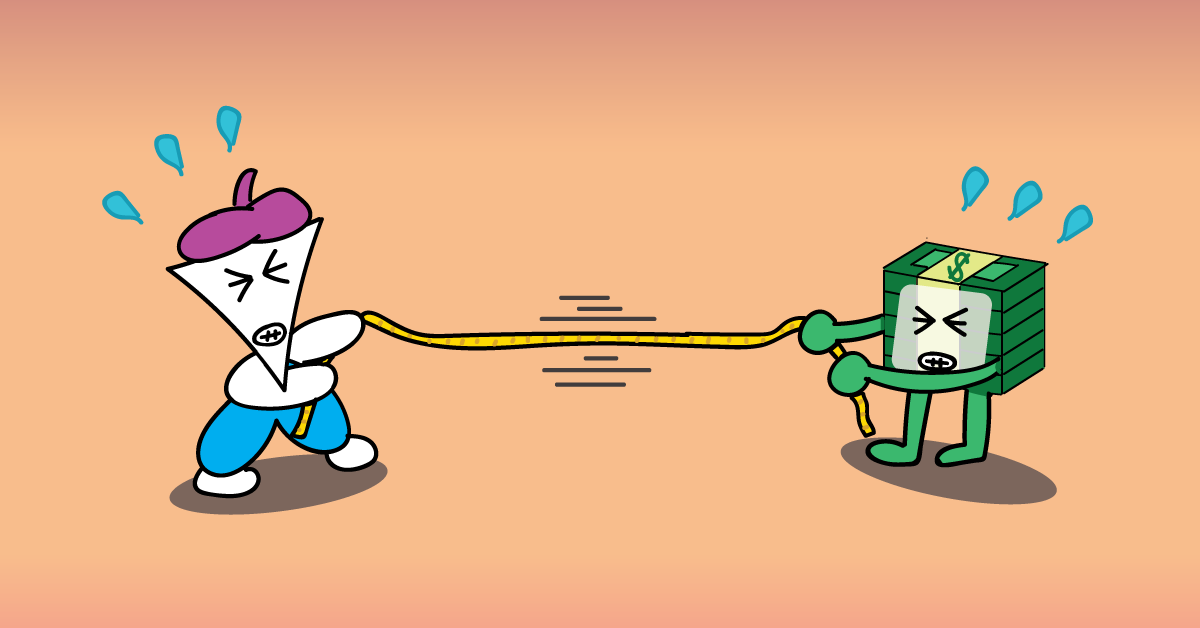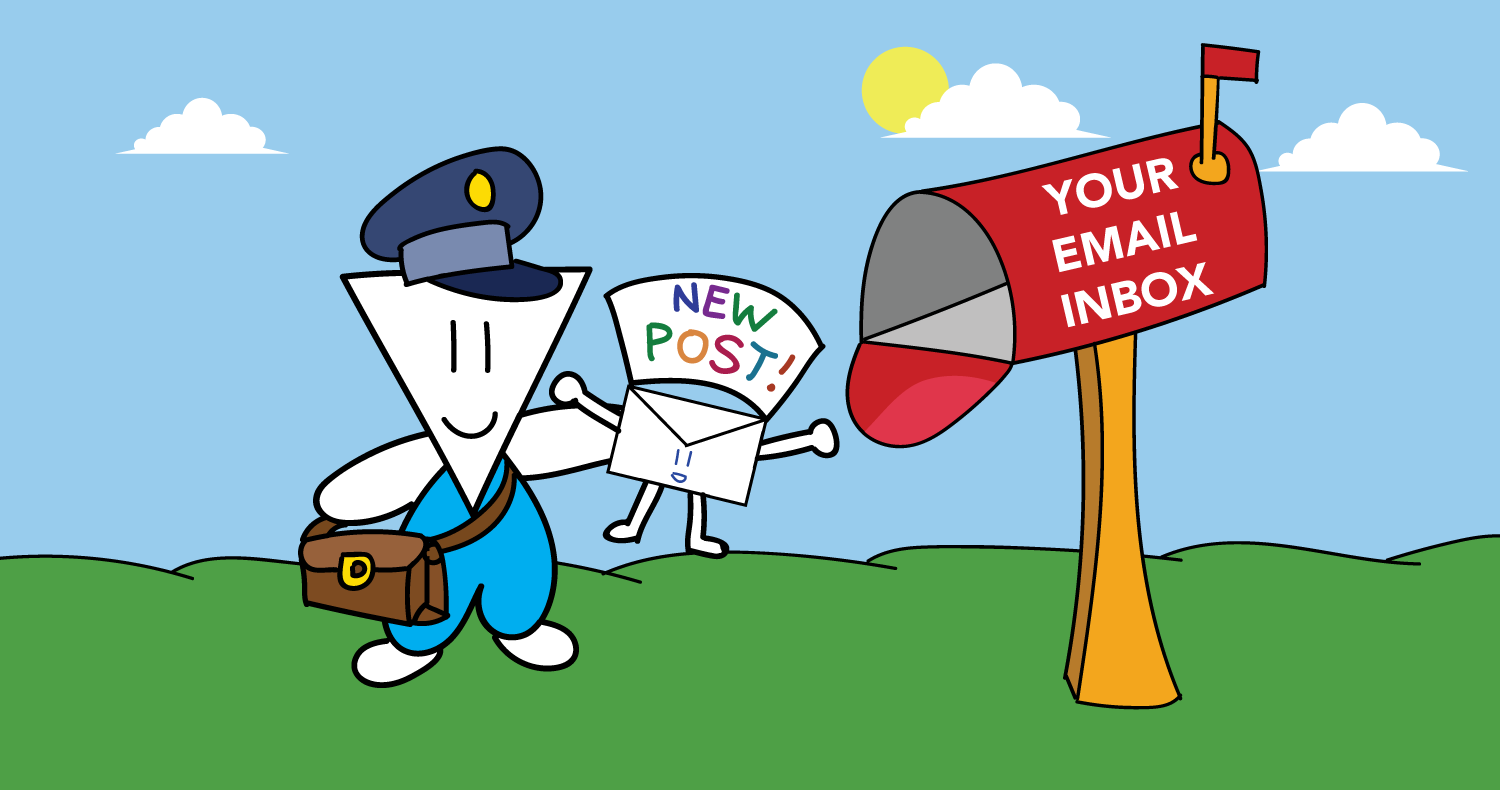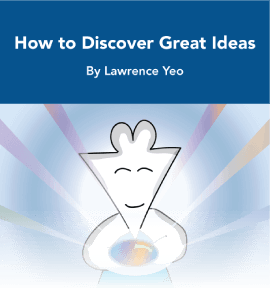The Tension Between Art and Money
Sometimes I have trouble acknowledging that More To That is, in some sense, a business. There are products I offer, services that I provide, patrons that support me, and so on. So even though this all fits under the definition of running a business, there’s still a disconnect between what’s actually happening and my interpretation of what’s going on.
The reason is that fundamentally, I view myself as an artist. Of course, I’m many things (a father, husband, son, friend, etc.), but in the context of my work, I create art, and that’s what moves me. I write and draw as an avenue of self-expression, which allows me to better understand who I am as a result.
Here’s the thing about something like writing though. Everyone writes, but what matters is how you use it. If you’re writing an email to your boss to reply to a question, you’re using it to reduce uncertainty for your boss. If you’re writing a silly text to your friend, you’re using it to make your friend laugh. But if you were to ask these two people if they were writers, they’d probably look at you funny.
This shows that what matters is not the writing itself, but whether you internalize it as an art form yourself. And the only way you’ll view it as such is if you use it to find out who you are. This may sound a bit esoteric, so let’s dive into this thought a bit further.
One of the foundational claims for this argument is that first and foremost, you didn’t choose who you are. You didn’t choose your parents, your genes, your upbringing, any of that. You had no say over how your mind was constructed, which neurons fired when, and the architecture of synaptic connections that followed. “You” as you know it is fundamentally a mystery, despite the illusion of control you think you have.
If you accept this claim, then the next step is to figure out what to do with this knowledge. If you aren’t the conscious agent directing your thoughts, then who are you, really? Are you simply by the byproduct of randomness? Or is there something more to your mind than sheer entropy?
The moment you ask these questions, philosophy shines with relevance. We tend to think of philosophers as special people in ivory towers that sit around pondering stuff all day, but in reality, a philosopher is anyone that takes a moment to think about the human condition. If you ask “why” regularly and reflect on the nature of your life, then you’re a philosopher. If you love to think about how we can transcend our lowest impulses, then you’re a philosopher.
There’s a reason why Socrates’ two-word command is often heralded as the greatest distillation of all philosophical thought. The command, of course, is to “know yourself.” Because when you know yourself, you better understand humanity as a whole, given that we’re all connected in an inextricable way. By figuring out more of the enigma that is you, we’re all better off as a result.
And it just so happens that one of the best ways to do this is through art.
At its core, art is the expression of the mysterious forces that move you. It’s the process of identifying your curiosities, then using the inertia of action to express those curiosities in a tangible manner. The reason why this expression results in some type of artifact is because it’s only through observing that artifact where you catch a small glimpse into who you really are. Writers create articles and books they can read as snapshots of their thinking. Musicians create songs that act as time capsules for their emotions. And so on.
So if art is an avenue to know yourself, what happens when its artifacts become products that are sold to others?
Well, the immediate thing is that the purpose of your art isn’t merely to know yourself, but to also provide value to others. What may have started as a vehicle for self-expression must also prove useful as a commodity. This tension between inner exploration and outer acceptance lies at the root of any artist’s struggle.
As I said earlier in this reflection, I view myself as an artist first, and this directly affects how I approach More To That as a business. I don’t do any SEO, I don’t have a big social media presence, and I probably don’t monetize my newsletter as effectively as I can. For the most part, my focus is on expressing myself via great writing and storytelling. And the paradox is that the better I do those two things, the more the business part will probably work itself out.
With that said, the tension of making money with all this is very real. It’s still something I think about, despite having thought through this deeply via this 6,500-word, 35-illustration post on the topic. And what I’ve realized is that it’s not really the money that’s the point of tension, but what I believe it represents.
As I say in the post I linked above, money is the ultimate form of external validation. It’s effectively someone telling you, “Hey, I trust that whatever I’m giving you money for will positively impact my life.” There’s a pressure that comes with that territory, and while this may be a given for a corporate job, that’s not the case for your personal avenue of self-expression. If the purpose of art is to know yourself, then the commodification of it signals the opposite of that.
But as I often say, wisdom is the co-existence of contradictory truths, so it’s important to make these two poles cohere. The way I see it, I can build a business the way I want to, and play the game that I want to play given the values I hold. I can start with my definition of enough, then determine how exactly I’ll get there given what the purpose of my creativity is.
Here’s the thing: I don’t create to build an audience. That’s the byproduct of my creativity, but not the aim of it. If anything, the only reason I want to reach a wider audience is to find the few people I can really go deep with. It’s to have a tight-knit community of people where I can share what I’m learning about myself, which in turn reflects what I’m learning about humankind as a whole.
Most likely, if you’re reading this essay, you’re one of these people. And knowing that makes me realize that art and business isn’t supposed to be as separable as church and state. That if you combine them in a way that fully aligns with your values, what you end up with can be a beautiful art form in itself.
_______________
_______________
For more stories and reflections of this nature:
The Arc of the Practical Creator



